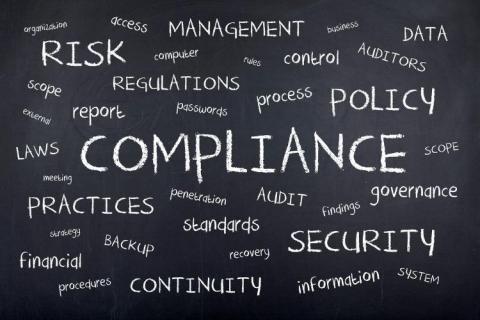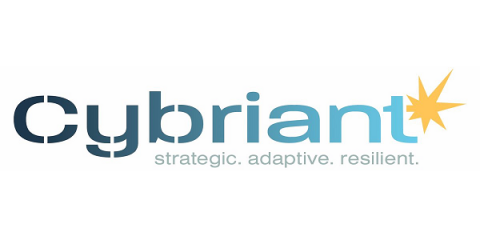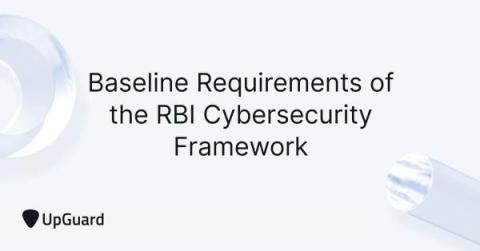Security | Threat Detection | Cyberattacks | DevSecOps | Compliance
Compliance
Regulatory Compliance in the Telecom Industry
The increasing use of cell phones has automatically led to unimaginable height of sharing of personal information online. Most routine actions, from providing information over the phone to opening a bank account to placing food orders, may now be accomplished from the convenience of your own home. While the telecom sector has enabled remote procedures, it has also hastened the spread of identity fraud and financial schemes.
Meeting PCI DSS Compliance with Styra DAS + Kubernetes
DevOps and platform teams are more strained than ever, and as a result, need better tools than ever. These teams are required to develop, provide access to, and secure a number of resources — while remaining good stewards to application developers. Beyond that, they are often tasked with overseeing their organization’s shift to the cloud. And as that shift takes place, DevOps teams will need to shift their compliance standards to the cloud.
An Overview of the California Data Breach Notification Law (+Compliance Template)
In this post, we’ll quickly cover the highlights of what you need to know about California’s Data Breach Notification Statute.
Are you CCRI ready?
Nobody likes getting audited or inspected. Well, almost nobody; there’s always one person who consistently blows the curve. They gleefully anticipate inspections because they know they’re going to get a glowing review. We all have names for that person, most of which shouldn’t be included in a business blog. But what if, (bear with me) we could be that person?
How to Improve your Cyber Security Compliance
Cybriant Achieves Annual SOC 2 Type 2 Certification
Information security compliance: why it's more important than ever
Being in a more connected environment benefits all of us, from those using social media to stay in touch with far-away relatives, to businesses enjoying the rewards of remote working. But, while connectivity is great and offers many positives, it also creates vulnerabilities. Companies that handle sensitive data may find themselves the target and victim of cyber- attacks as malicious actors look to harvest that information for their gains.
The Baseline Requirements of the RBI Cyber Security Framework
Financial institutions are amongst the most highly targeted organizations for cyber security attacks. To address this, the Reserve Bank of India (RBI) has outlined a list of controls, known as the RBI Guidelines for Cyber Security Framework, for banks to achieve a minimum recommended baseline of cyber attack resilience. Each area carries several detailed specifications from the list of controls outlined by the Reserve Bank of India.
Important changes to ISO 27001 in 2022
In October 2022, ISO 27001 introduced new changes. The internationally recognised standard on how to manage your information security was first launched in 2005 and underwent its last update in 2013. Since then, new technologies have emerged to dominate the business landscape, such as cloud computing, which has brought new security challenges. It’s estimated that global cybercrime is expected to grow by 15% per year, totaling a staggering $10.5 trillion by 2025.











